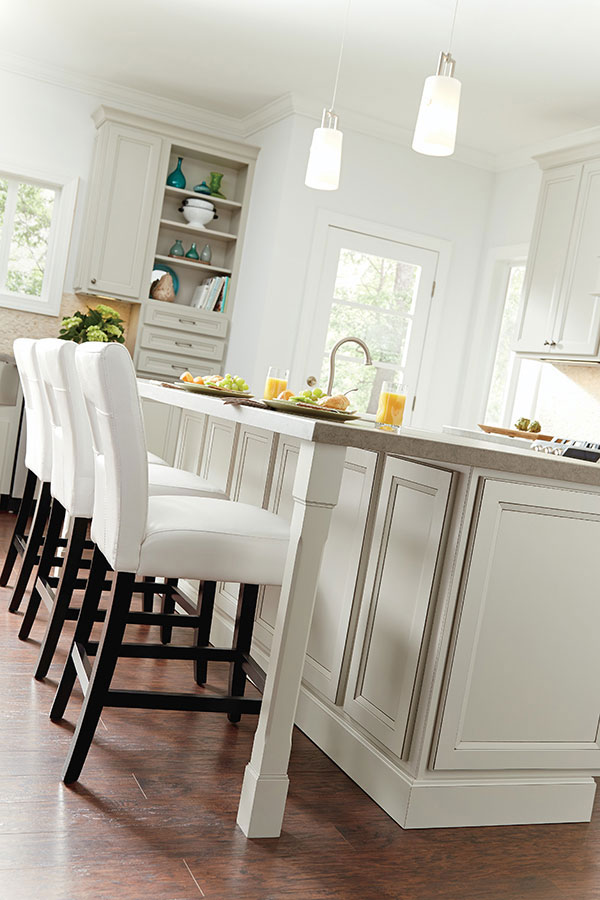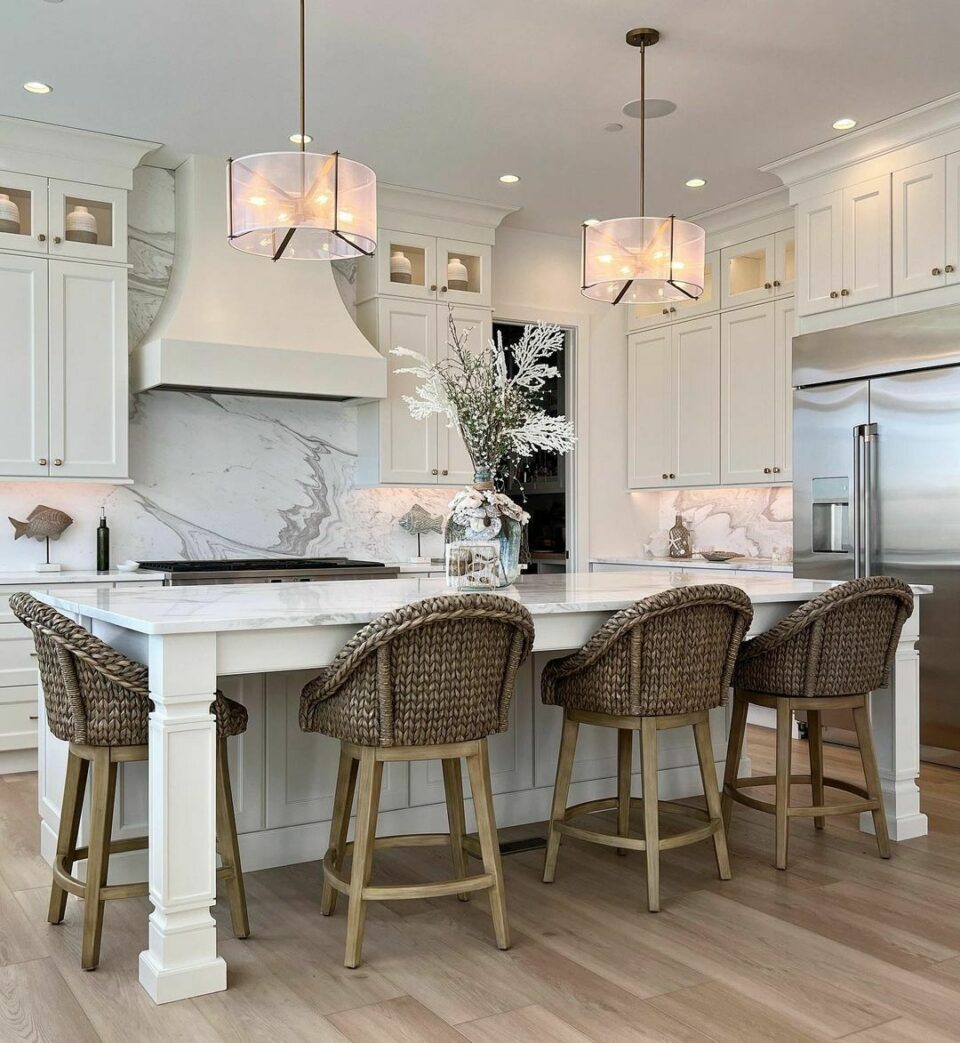A Guide to Picking the Perfect Legs For Cooking Area Island for Your Home
Selecting the perfect legs for your kitchen island is a nuanced decision that influences both the functionality and aesthetic charm of this main room. As you consider these components, it ends up being noticeable that the best legs can transform not only the appearance of your kitchen area however also its usability for years to come.

Comprehending Kitchen Island Legs
When picking legs for a kitchen island, it's crucial to comprehend their visual and useful roles in the general layout. The legs act as a critical support group, making sure security and resilience for the island, which commonly operates as an office, dining area, or collecting area. Consequently, the selection of product and building technique must be robust sufficient to withstand day-to-day usage and potential wear.
In addition to their structural duties, legs contribute substantially to the island's visual allure. They can improve the kitchen's style, whether through standard, modern, or diverse designs. The height and percentage of the legs are likewise critical considerations; they should balance with the island's kitchen counter elevation while ensuring comfortable seating for those utilizing the area.
Moreover, the leg design can influence the total circulation of the kitchen. Open, ventilated leg designs can develop a feeling of agility, while strong, significant legs may share an extra grounded and secure aesthetic - Legs For Kitchen Island. Recognizing these aesthetic and functional elements will certainly direct home owners in making educated options that complement their kitchen's design and enhance its usability
Popular Styles and Materials
The choice of legs for a cooking area island encompasses a selection of preferred styles and products, each offering special characteristics that can boost both functionality and visual appeals. Among the most sought-after designs are contemporary, rustic, and traditional. Contemporary legs commonly include sleek, minimalist layouts that stress simplicity and tidy lines, making them excellent for modern kitchen areas. Rustic styles, on the other hand, embrace all-natural elements and usually display reclaimed timber or distressed surfaces, adding heat and appeal to the space. Conventional legs normally show luxuriant information and workmanship, improving traditional kitchen styles.

Elevation and Stability Factors To Consider

The legs of the kitchen island need to provide appropriate support, making sure that the structure can stand up to daily usage without tottering or moving. Material option plays a significant role in stability; steel legs, for circumstances, have a more info here tendency to offer better strength compared to timber.
Matching Your Kitchen Area Aesthetic
Picking the appropriate legs for your cooking area island surpasses functionality; it additionally plays a significant function in the general aesthetic of the space. When selecting legs, consider the layout style of your kitchen. For a contemporary look, smooth steel or minimal layouts can develop a clean, modern ambiance. On the various other hand, conventional or rustic cooking areas commonly take advantage of wood legs with detailed describing or a troubled surface, improving heat and personality.
Legs that enhance or contrast with your island's surface and bordering cabinets can create visual consistency or striking focal points. Furthermore, consider the coating of the legs; matte, shiny, or textured surfaces can substantially impact the overall feel of the cooking area.
Installation and Upkeep Tips
Setting up kitchen area island legs requires cautious interest to information to make sure why not look here both stability and aesthetic appeal. Begin by picking an ideal place for your island, guaranteeing it is degree and has ample space for movement. If you are connecting the legs to a wall or making use of braces for added support, make use of a stud finder to situate wall studs. Mark the placement of the legs precisely before exploration.
When securing the legs, make use of high-quality screws and, if necessary, wood adhesive for extra strength. For steel legs, ensure that you are making use of proper anchors and tools to prevent damages to your floor covering. It is suggested to examine for levelness after installation, making adjustments as needed to prevent tottering.
Clean the legs with an ideal cleaner, staying clear of unpleasant products that might scratch the surface area. By following these installation and upkeep ideas, you can ensure that your kitchen area island legs continue to be both useful and aesthetically enticing.
Conclusion
To conclude, choosing the suitable legs for a kitchen area island requires mindful factor to consider of height, security, and aesthetic compatibility. By picking suitable materials and designs that straighten with the general kitchen area design, capability can be improved while keeping aesthetic appeal. Proper setup and ongoing upkeep better contribute to the toughness and long life of the cooking area island. Eventually, thoughtful leg option plays a vital duty in elevating both the usefulness and style of the kitchen area.
When picking legs for a kitchen island, it's crucial to understand their practical and visual duties in the overall style. Open, ventilated leg designs can create a feeling of lightness, while strong, significant legs may communicate an extra based and stable aesthetic. The legs of the kitchen area island need to provide appropriate assistance, ensuring that the structure can stand up to day-to-day usage without wobbling or shifting.Setting up cooking area island legs calls for mindful attention to detail to guarantee both stability and aesthetic charm.In verdict, picking the ideal legs for a kitchen island demands careful consideration of height, security, and visual compatibility.